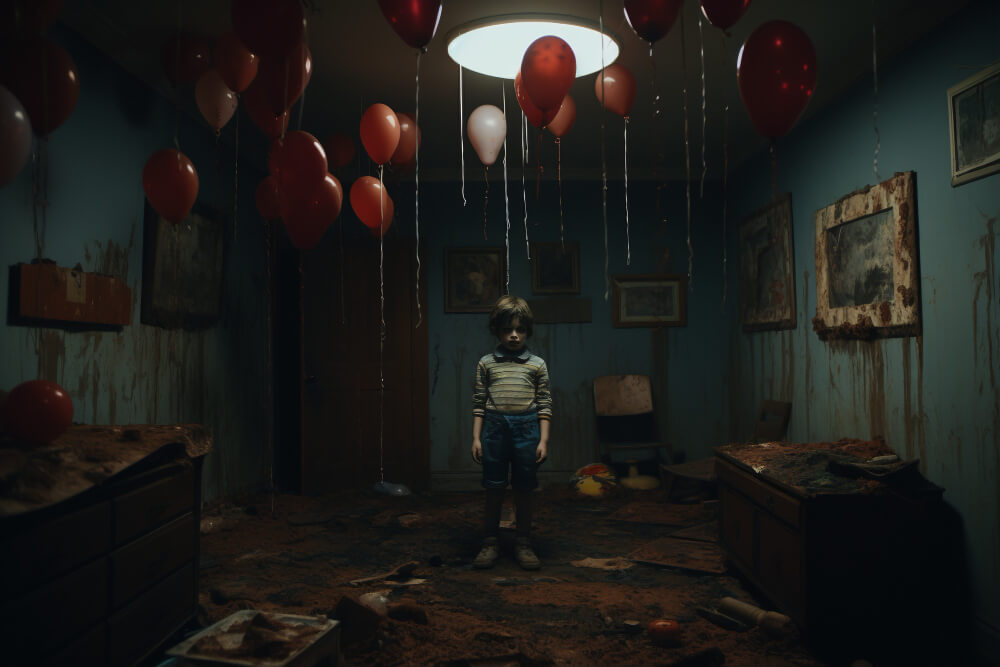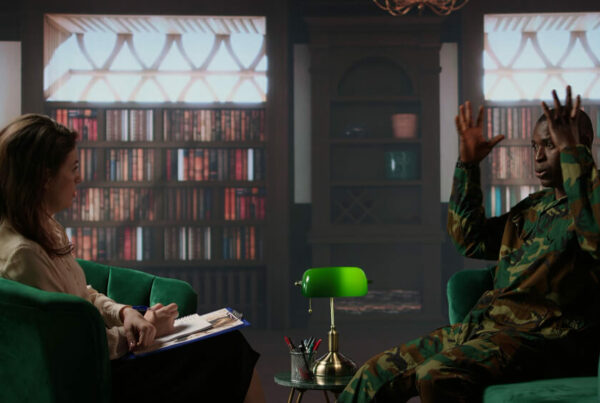Introduction
Horror cinema has a rich history, characterized by its ability to adapt and evolve with societal changes and audience expectations. Over the decades, various subgenres have emerged, each with distinct themes, styles, and methods of eliciting fear. This blog explores the evolution of horror film subgenres, tracing their origins, key characteristics, and their impact on the broader horror landscape.
1. The Birth of Horror: Silent Era and Expressionism
The roots of horror can be traced back to the silent film era, where filmmakers experimented with visual storytelling to evoke fear and unease. Early horror films laid the groundwork for future subgenres by introducing iconic themes and imagery.
Key Features
- Silent Films: Films like “The Cabinet of Dr. Caligari” (1920) and “Nosferatu” (1922) utilized striking visuals and expressionist techniques to convey horror. The lack of sound forced filmmakers to rely heavily on visuals, making imagery of the macabre crucial to storytelling.
- Themes of Isolation and Madness: These early horror films often explored themes of isolation, madness, and the uncanny, setting the tone for future subgenres. The expressionist style emphasized distorted perspectives and shadows, creating an unsettling atmosphere.
2. Classic Horror: The Universal Monsters
The 1930s to the 1950s saw the rise of classic horror, characterized by iconic monsters and supernatural themes. Universal Studios became synonymous with this era, introducing legendary creatures that continue to influence the genre.
Iconic Monsters
- Dracula (1931): Based on Bram Stoker’s novel, this film defined the vampire archetype and established the moody atmosphere associated with vampire films.
- Frankenstein (1931): An adaptation of Mary Shelley’s novel, it explored themes of creation, monstrosity, and humanity, becoming a cornerstone of horror cinema.
- The Mummy (1932): This film introduced audiences to the concept of ancient curses and tomb raiders, combining elements of adventure and horror.
Legacy
These classic horror films established the conventions of the genre, influencing countless adaptations and interpretations in the years to come. The archetypes introduced during this period laid the groundwork for many subgenres, including the vampire and monster movies that followed.
3. The Rise of the Slasher Film
The 1970s and 1980s marked the emergence of the slasher subgenre, characterized by a formulaic structure, a masked killer, and graphic violence. This era capitalized on the fears of a generation and introduced iconic characters that have become staples in horror culture.
Key Characteristics
- Formulaic Structure: Slasher films typically follow a group of characters, often teenagers, who are stalked and killed by a relentless killer. The “final girl” trope emerged, with one female character often surviving to confront the killer.
- Graphic Violence: Films like “Halloween” (1978) and “A Nightmare on Elm Street” (1984) pushed boundaries with their depictions of violence, leading to discussions about censorship and the morality of horror.
Iconic Characters
- Michael Myers: The masked killer from “Halloween” became a symbol of the slasher genre, representing an unstoppable force of evil.
- Freddy Krueger: The antagonist of “A Nightmare on Elm Street” introduced the concept of dreams as a battleground for horror, allowing for creative storytelling possibilities.
4. Psychological Horror: Exploring the Human Mind
The late 20th century saw a shift toward psychological horror, focusing on the internal struggles of characters rather than external threats. This subgenre delves into the human psyche, exploring themes of madness, fear, and existential dread.
Key Features
- Character-Driven Narratives: Psychological horror films prioritize character development, immersing audiences in the minds of protagonists. The horror often stems from their fears and insecurities.
- Ambiguity and Uncertainty: Films like “The Shining” (1980) and “Rosemary’s Baby” (1968) create an atmosphere of ambiguity, leaving audiences questioning what is real and what is a product of the characters’ minds.
Legacy
Psychological horror paved the way for a deeper exploration of fear, emphasizing that sometimes the scariest monsters are those that dwell within us. This subgenre has influenced countless filmmakers, allowing for complex narratives that challenge viewers’ perceptions of reality.
5. Supernatural Horror: Ghosts and the Paranormal
Supernatural horror gained prominence in the late 20th and early 21st centuries, featuring ghosts, hauntings, and the supernatural. This subgenre taps into humanity’s fear of the unknown and the afterlife.
Key Characteristics
- Haunting Narratives: Films like “The Conjuring” (2013) and “The Exorcist” (1973) explore the battle between good and evil, often centering on individuals confronting malevolent supernatural forces.
- Cultural Folklore: Many supernatural horror films draw inspiration from cultural folklore, utilizing myths and legends to create a sense of authenticity and deepen the narrative.
Impact
The resurgence of supernatural horror has led to a renewed interest in ghost stories and folklore. Filmmakers have found innovative ways to merge traditional horror with modern storytelling techniques, creating captivating narratives that resonate with contemporary audiences.
6. Found Footage and Mockumentary Styles
The 21st century saw the rise of found footage and mockumentary styles, providing a unique perspective on horror. These techniques offer a sense of realism that enhances the fear factor.
Key Features
- Realism: Found footage films like “The Blair Witch Project” (1999) and “Paranormal Activity” (2007) present the story as if it were captured by the characters themselves, blurring the line between fiction and reality.
- Viewer Participation: The subjective nature of found footage engages viewers, making them feel like active participants in the horror.
Cultural Commentary
The rise of this subgenre reflects a shift in audience preferences, showcasing a desire for authenticity in storytelling. Found footage films have challenged traditional filmmaking conventions, leading to innovative narratives that resonate with a generation accustomed to digital media.
7. Horror Comedy: Subverting Expectations
Horror comedy blends elements of horror and humor, subverting traditional genre tropes. This subgenre appeals to audiences looking for a lighter take on horror while still delivering scares.
Key Features
- Playful Satire: Films like “Shaun of the Dead” (2004) and “Tucker and Dale vs. Evil” (2010) satirize horror conventions while paying homage to classic tropes.
- Balancing Tension and Laughter: Successful horror comedies maintain a delicate balance between scares and humor, allowing audiences to experience a range of emotions.
Cultural Commentary
Horror comedy has opened the door for creative storytelling, attracting diverse audiences. By subverting expectations, filmmakers have expanded the genre’s appeal and demonstrated that horror can be both terrifying and entertaining.
8. The Future of Horror Subgenres
As horror continues to evolve, new subgenres and hybrid styles are likely to emerge. Filmmakers are experimenting with unconventional narratives, diverse voices, and innovative techniques to create fresh and engaging horror experiences.
Emerging Trends
- Social Commentary: Many contemporary horror films tackle pressing social issues, using the genre as a platform for commentary on topics like racism, gender identity, and mental health.
- Cross-Genre Experimentation: Filmmakers are blending horror with other genres, such as science fiction and fantasy, to create unique narratives that challenge traditional boundaries.
The Role of Technology
Advancements in technology will continue to shape the horror landscape, allowing for immersive experiences that engage audiences in new ways. Virtual reality and interactive storytelling will likely play a significant role in the future of horror cinema.
Conclusion: The Endless Evolution of Horror
The evolution of horror film subgenres reflects the genre’s adaptability and its ability to resonate with audiences across generations. From classic monsters to psychological dread, each subgenre has carved its niche, contributing to the rich tapestry of horror cinema.As filmmakers continue to explore new themes, techniques, and cultural anxieties, horror will undoubtedly remain a vital and ever-evolving part of the cinematic landscape. The genre’s ability to reflect societal fears and engage audiences ensures that horror will endure, adapting to the changing world while remaining rooted in its terrifying origins.





